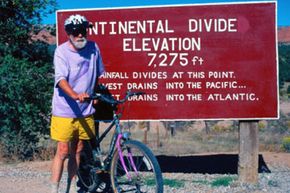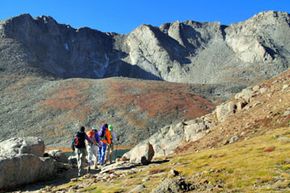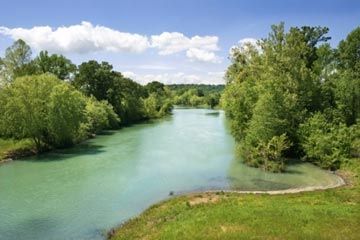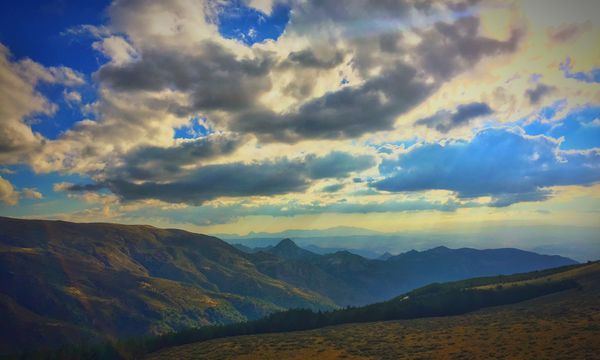The Continental Divide National Scenic Trail is a 3,100-mile (4,989-kilometer) hiking trail that passes from the border of Mexico to Canada through the Rocky Mountains. To most regular folks, traveling that sort of distance on foot with your possessions on your back sounds like a form of torture. But to the hearty few who attempt it each year, the Continental Divide Trail (CDT) is a challenge to be met and conquered. Along with the Appalachian Trail on the East Coast and the Pacific Crest Trail on the West Coast, the CDT forms the "big three" or the "triple crown" of long-distance hikes in the U.S. It's also the newest, least well known and least popular of the three.
Why does the CDT play second -- or even third -- fiddle to the two more popular trails on the coasts? Mainly because the CDT still isn't completed. In 1978, Congress amended the National Trails Act of 1968 to form the Continental Divide National Scenic Trail, but more than 30 years later the trail is still unfinished, forcing thru-hikers to take dirt roads and occasionally bushwhack through the wilderness in order to complete their journey. As of 2011, about 832 miles (1,339 kilometers) of the 3,100-mile trail still remained to be built.
Advertisement
It's not quite as bad as it sounds, though; the entire trail has been designated, and thru-hikers who take the trail these days only have to bushwhack small sections (however, we definitely recommend bringing a good map -- or several) [source: National Park Service].
So why would anyone choose to hike the CDT over its more popular brethren on the coasts? Because it just might be the most be most beautiful hike in all of North America. The trail weaves through New Mexico, Colorado, Wyoming, Idaho and Montana, passing through Yellowstone, Rocky Mountain and Glacier national parks. But that isn't the only reason that the CDT might be more appealing than the other long-distance hikes. Because it's unfinished, far fewer people thru-hike it each year -- so if you complete it, you'll be in elite company. And of course, it travels the length of the country, from Canada to Mexico, giving anyone who hikes a serious sense of accomplishment.
Want to take a hiatus from your job for a few months and get away from it all? Or maybe you want to get closer to nature and challenge yourself physically. People embark on long-distance hikes for all sorts of reasons. Only about 30 people are said to thru-hike the CDT each year, and many of them are probably doing so to achieve the "triple crown." Whether you're looking to add that feather in your cap, or simply want to go for a walk in the woods, the Continental Divide is one of North America's great treasures.
Advertisement





